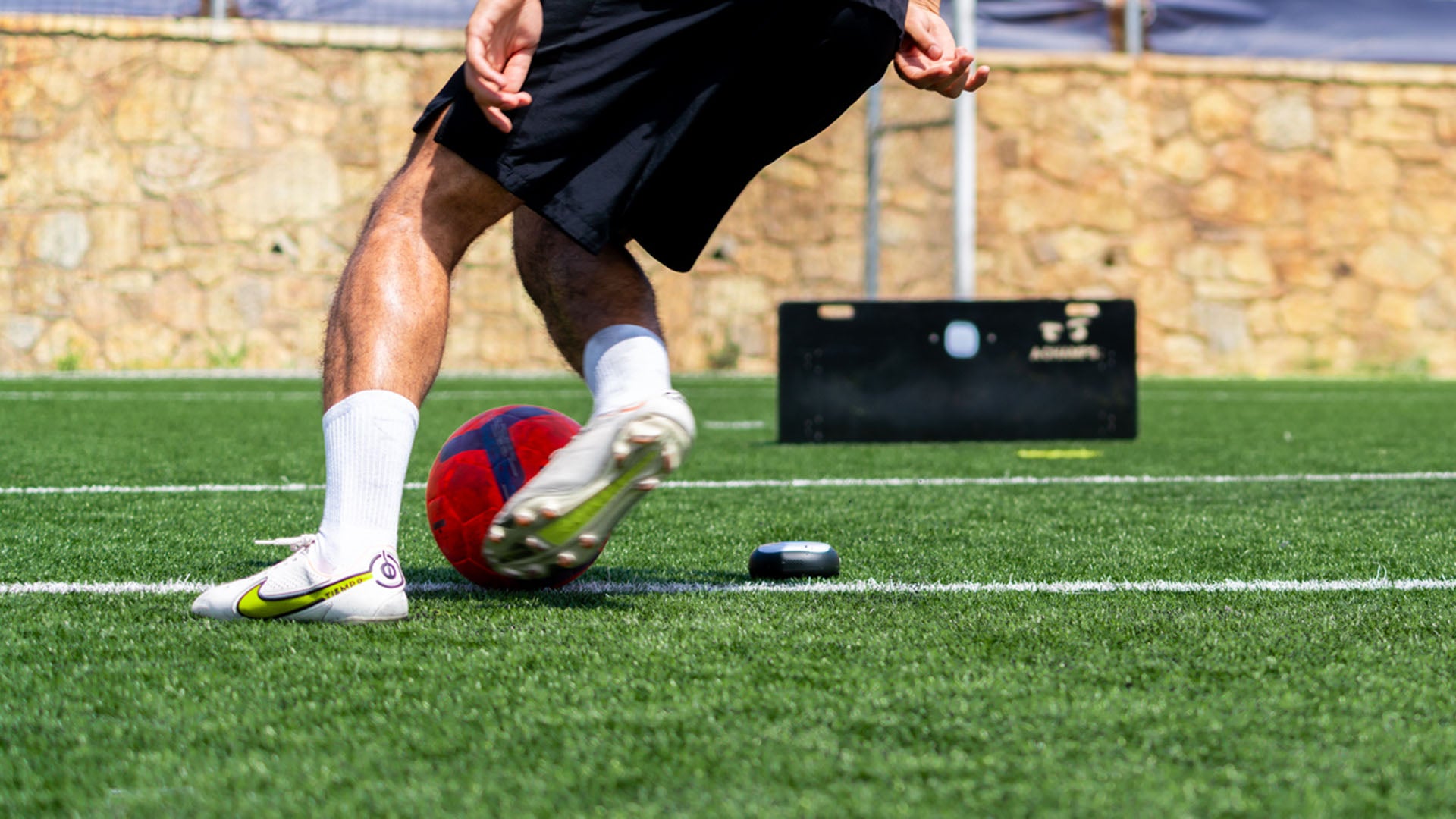In the world of soccer, formations serve as the blueprint for a team's tactical approach on the pitch. Among the myriad of formations, the 4-2-3-1 stands out as a versatile and dynamic system that has revolutionized the modern game. In this post, we'll delve into the intricacies of the 4-2-3-1 formation, exploring its strengths, strategies, and impact on the field.
The foundation of the 4-2-3-1
Understanding the structure:
At its core, the 4-2-3-1 formation comprises four defenders, two defensive midfielders, three attacking midfielders, and a lone striker. This setup provides a solid defensive foundation while offering ample opportunities for attacking creativity and fluidity.
Defensive stability:
With four defenders and two defensive midfielders, the 4-2-3-1 formation prioritizes defensive solidity. The backline, reinforced by the defensive midfielders, forms a cohesive unit that aims to thwart the opposition's advances and maintain defensive shape.
Versatility in attack:
One of the key strengths of the 4-2-3-1 formation lies in its versatility in attack. The three attacking midfielders operate behind the lone striker, interchanging positions and creating numerical superiority in various areas of the pitch. This fluidity enables quick transitions from defense to attack and allows for intricate passing sequences and goal-scoring opportunities.
Train the 4-2-3-1 soccer formation like a pro
Mastering the 4-2-3-1 soccer formation demands precision, tactical awareness, and relentless practice. The A-Champ's soccer rebounder emerges as the ultimate training ally for aspiring soccer professionals aiming to excel in this strategic formation.
With its innovative design, the rebounder simulates real-game scenarios, allowing players to refine their passing, shooting, and ball control skills crucial for the 4-2-3-1 setup. Whether you're a defensive midfielder looking to perfect those crucial transitional plays or an attacking midfielder aiming to enhance your spatial awareness and link-up play, the A-Champ's soccer rebounder provides a versatile training ground.
Its ability to mimic the dynamics of a live match ensures that players can practice the specific movements and techniques required in each of the formation's key positions. By integrating the best soccer rebounder into your training regimen, you're not just practicing; you're evolving your game intelligence and physical prowess to dominate the 4-2-3-1 formation like a pro.
The role of the double pivot in the 4231 formation
Balancing defense and attack:
Central to the success of the 4-2-3-1 formation is the presence of two defensive midfielders, often referred to as the double pivot. These players serve as the link between defense and attack, providing defensive cover while also initiating attacking moves and distributing the ball to the forward players.
Pressing and interceptions:
The double pivot plays a crucial role in pressing the opposition and regaining possession. By applying pressure on the opposing players and intercepting passes, they disrupt the opponent's rhythm and create turnovers in advantageous positions, allowing their team to launch quick counterattacks.
Creative freedom of the attacking midfielders
Exploiting space and creating opportunities 4-2-3-1 soccer formation:
The three attacking midfielders in the 4-2-3-1 formation enjoy significant creative freedom, with each player tasked with exploiting space, unlocking defenses, and creating goal-scoring opportunities for the team. Their ability to dribble, pass, and shoot makes them potent weapons in the attacking third.
Wide players and overlapping runs:
The wide attacking midfielders in the 4-2-3-1 formation often make overlapping runs down the flanks, stretching the opposition's defense and providing additional support to the lone striker. These players are instrumental in delivering crosses into the box and generating goal-scoring chances from wide areas.
The evolution of soccer tactics:
Over the years, soccer tactics have undergone significant evolution, reflecting changes in playing styles, player roles, and strategic approaches. The emergence of the 4-2-3-1 soccer formation represents a milestone in this evolutionary journey, symbolizing a shift towards more dynamic and flexible systems.
As teams strive for innovation and competitive advantage, they constantly experiment with different formations and strategies, seeking the perfect balance between defense and attack.
Adaptability and Innovation:
What sets the 4-2-3-1 formation apart is its adaptability to various game situations and opponents. Whether facing a defensively compact team or an aggressive attacking side, coaches can tweak the formation to suit the demands of the match.
This adaptability fosters a culture of innovation, encouraging players to think critically, adapt quickly, and execute strategies with precision. In the ever-changing landscape of soccer, the 4-2-3-1 formation serves as a symbol of adaptability, innovation, and the relentless pursuit of excellence.
Conclusion
In conclusion, the 4-2-3-1 formation stands as a testament to the evolution of tactical innovation in soccer. Its blend of defensive solidity, midfield control, and attacking flair make it a favorite among coaches and players alike. As teams continue to adapt and refine their strategies, the 4-2-3-1 remains a timeless formation that embodies the beautiful complexity of the beautiful game.
Whether deployed to stifle the opposition's attacks or unleash an onslaught of goals, the 4-2-3-1 formation epitomizes the dynamic nature of soccer tactics and serves as a fitting tribute to the ever-evolving nature of the sport.





Leave a comment
This site is protected by reCAPTCHA and the Google Privacy Policy and Terms of Service apply.